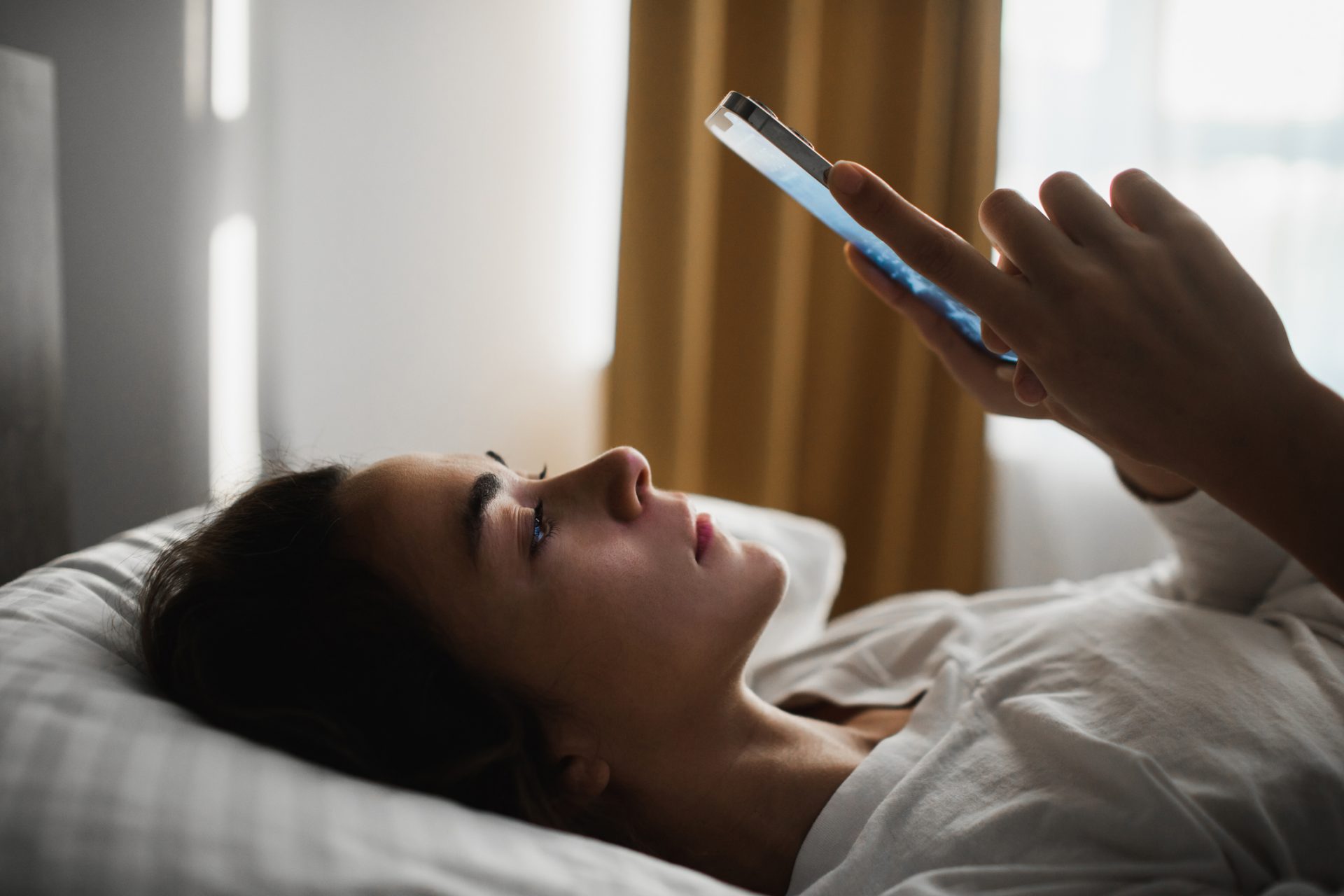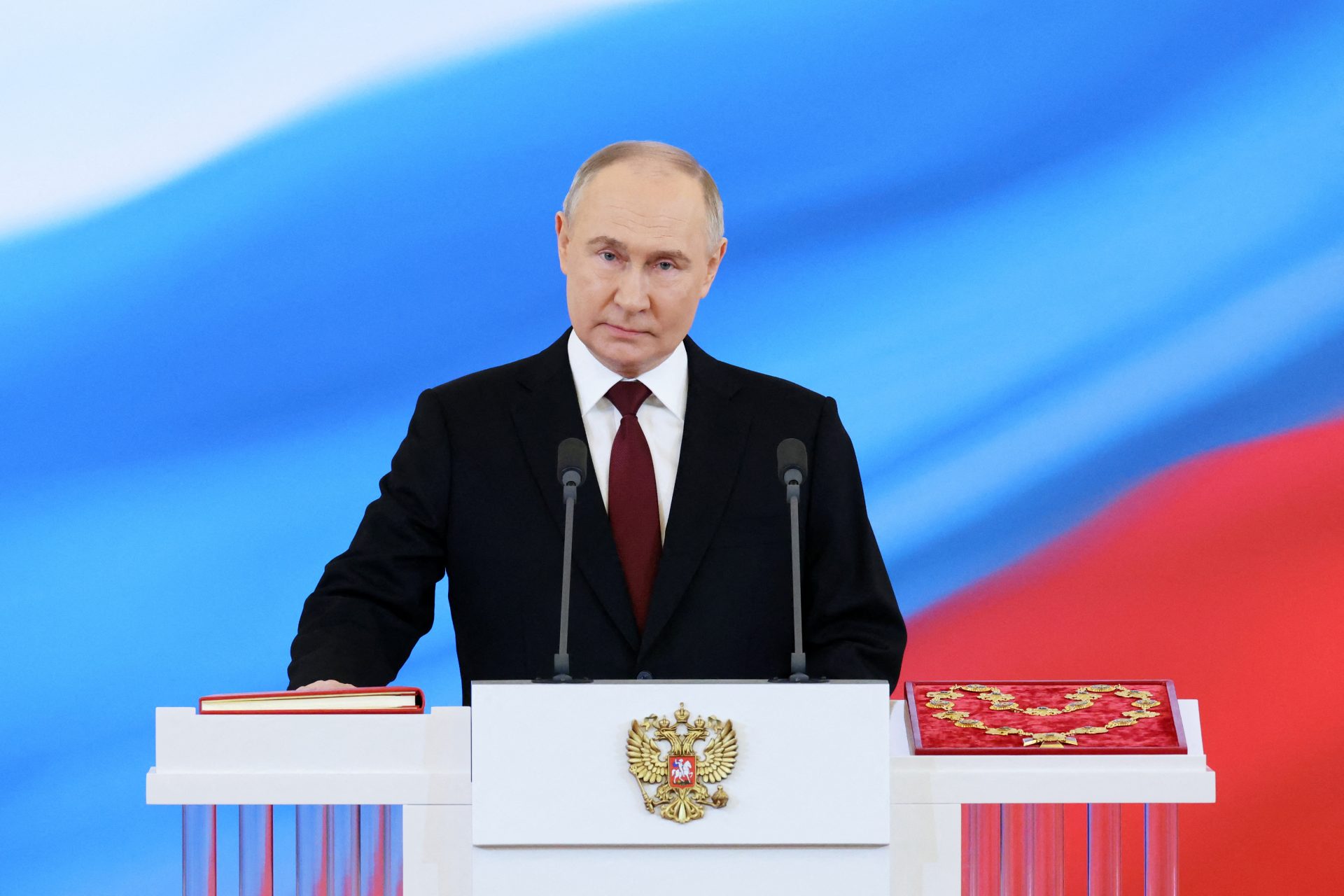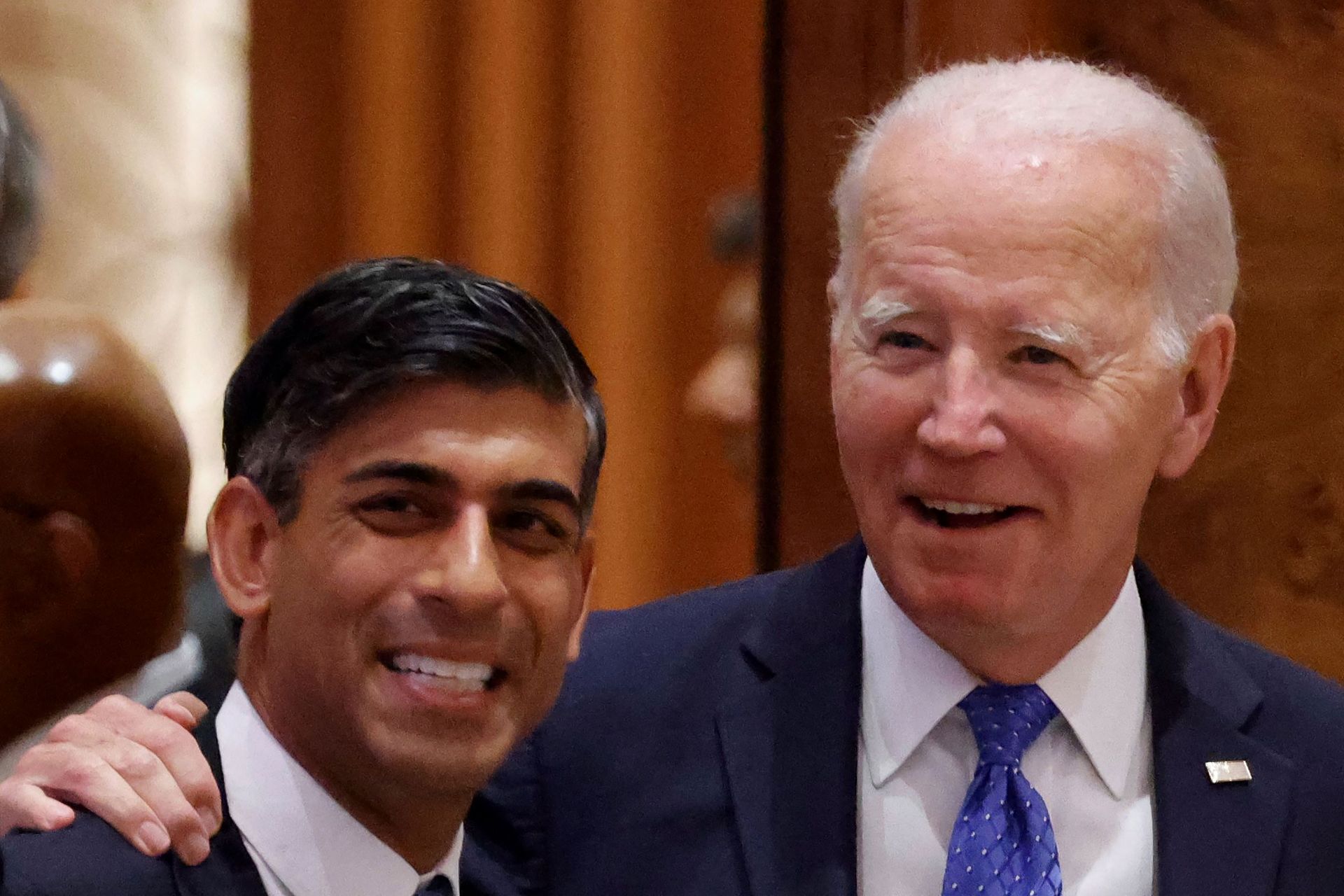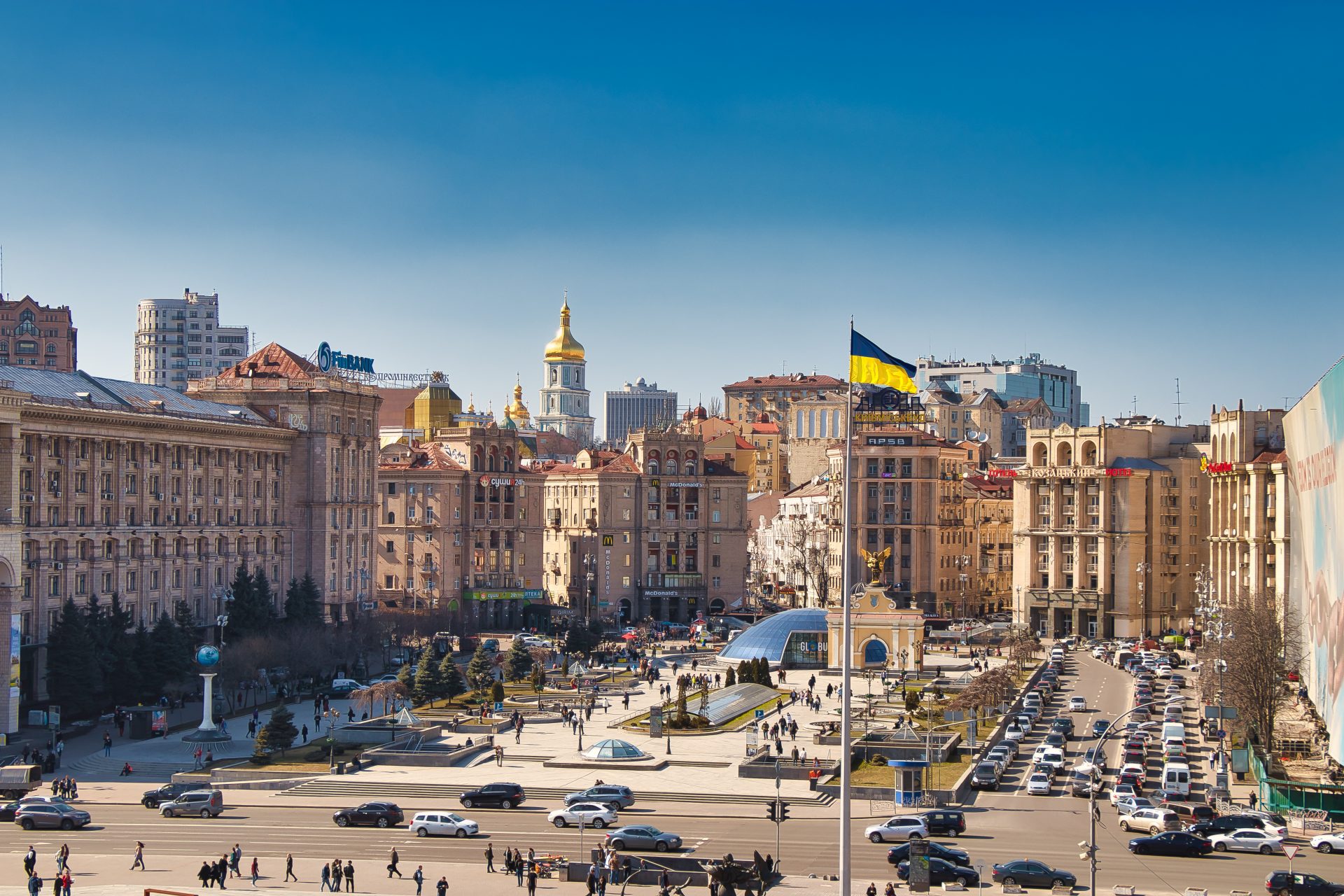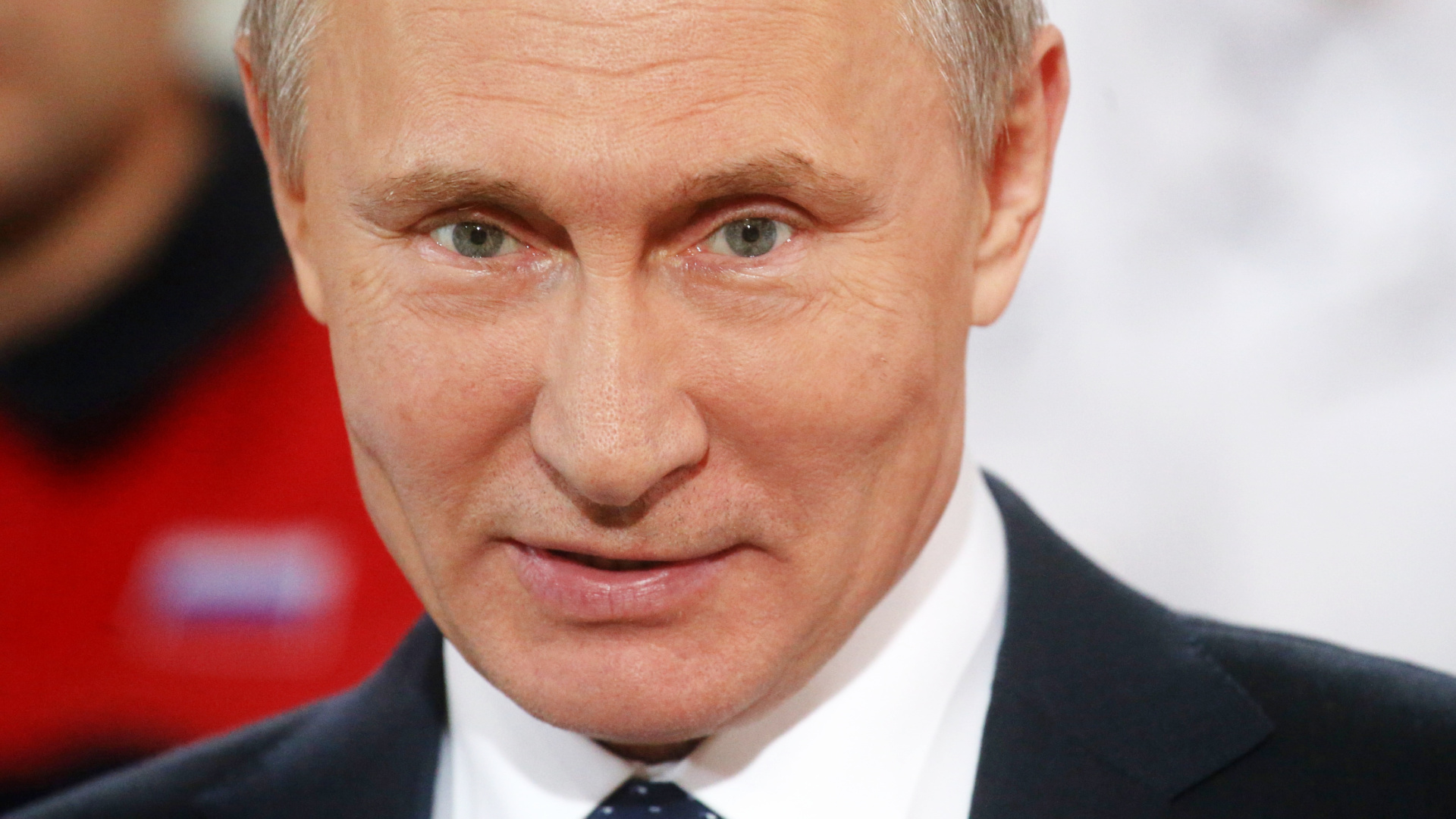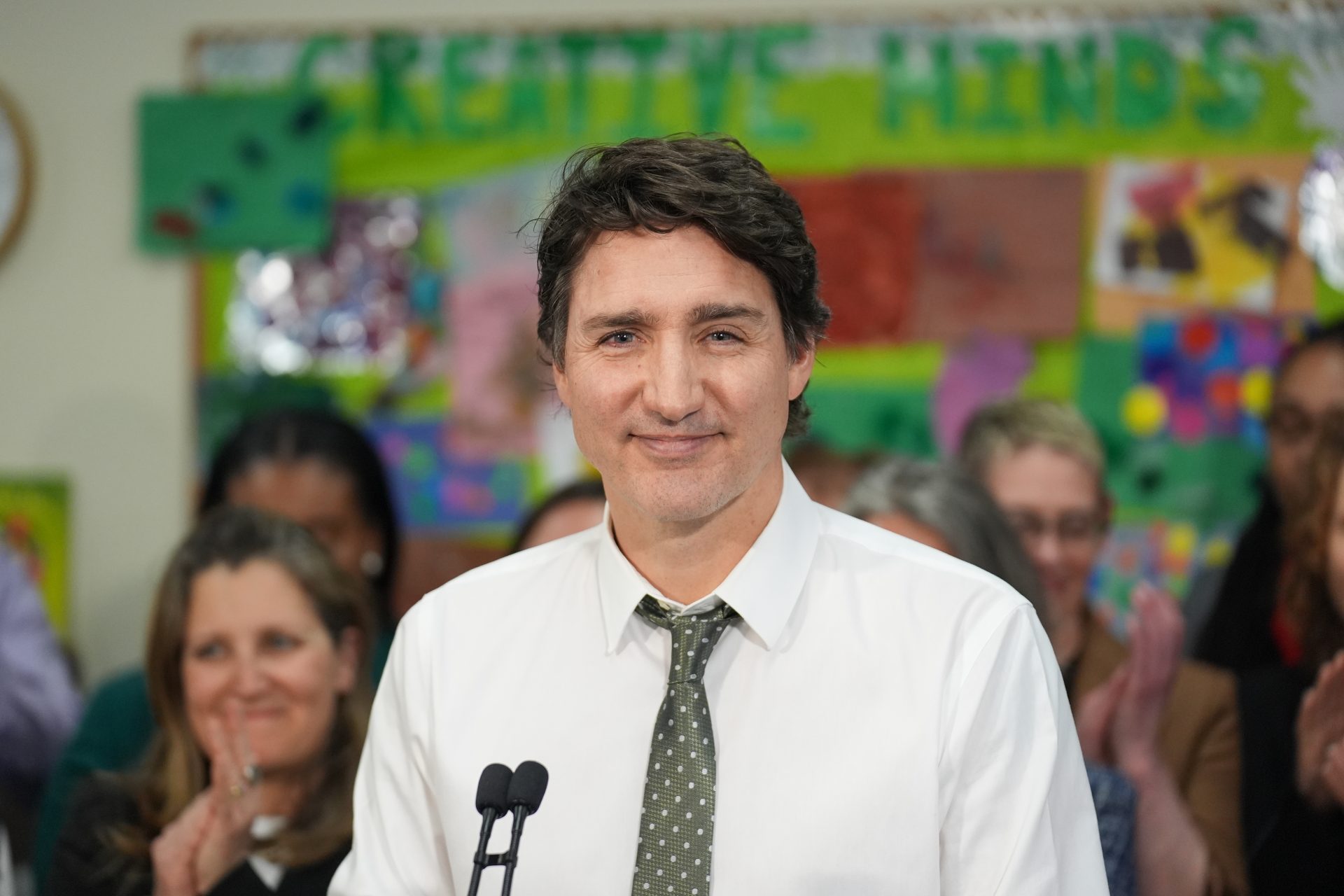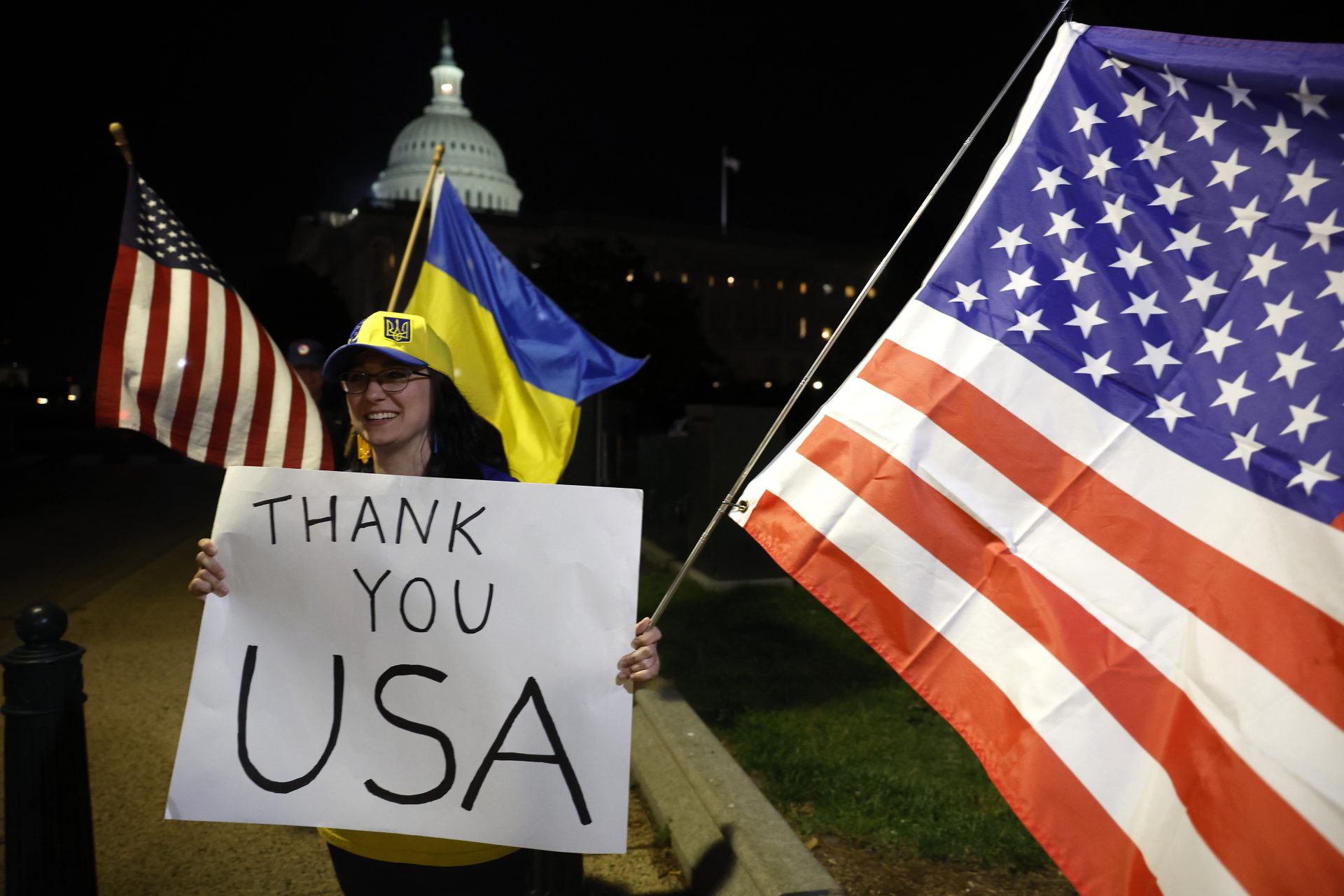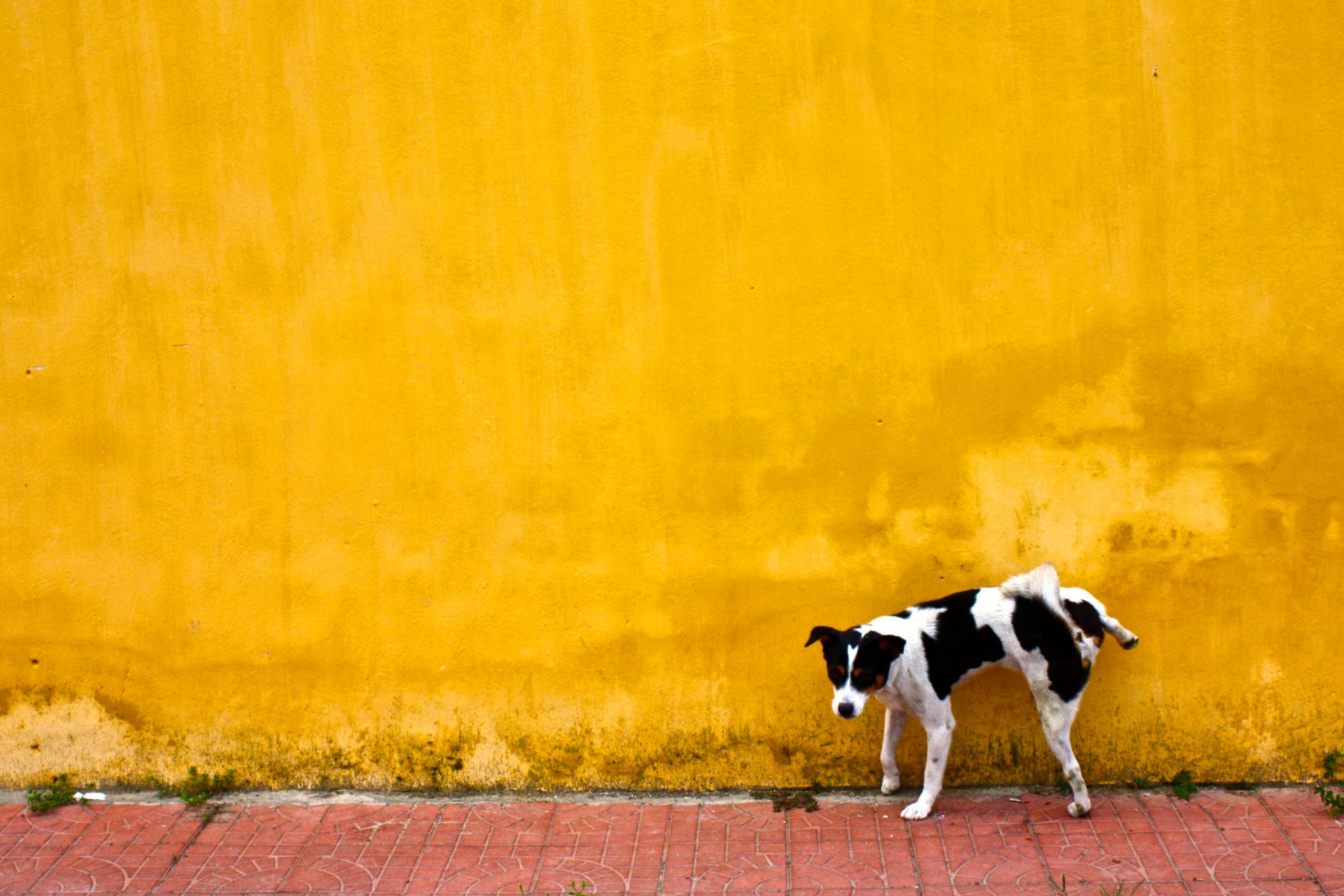South Korea is paying lonely young people to go outside and socialize
The South Korean government is paying kids between the ages of 9 and 24 an allowance to help them get out of the house, Business Insider has reported.
The program, part of a measure by the Ministry of Gender Equality and Family, will pay Gen Z kids roughly 500 US dollars every month.
According to CNN, the program is part of the South Korean government’s bid to support the “psychological and emotional stability and healthy growth” of youth.
Image: Anthony Tran / Unsplash
However, Insider writes the money isn’t exactly to go out and party. It’s meant to cover food, clothing, housing, and other living expenses.
A spokesperson told Insider that to continue to receive the money, they have to show proof that they are going outside.
Image: Markus Winkler / Unsplash
A ministry report cited by CNN claims that 3.9% of young people between the ages of 19 to 39 are “reclusive and lonely” and face a hard time “living a normal life”.
Image: Noah Silliman / Unsplash
That makes up about 330,000 young people in South Korea.
Some factors for their isolation are listed as mental illness, financial limitations, family problems, or health issues.
Image: Towfiqu barbhuiya / Unsplash
This phenomenon is hardly unique to Korean culture and seems to be a trend all over Asia. In Japan, this subset of people has been called ‘Hikikomori’.
Image: Marília Castelli / Unsplash
CNN reports that Japan has around 1.5 million reclusive young people, according to government data.
Although ‘Hikikimori’ was coined in the early 1980s, Japanese authorities point out that the lockdown during the Covid-19 pandemic has made matters worse.
Like Japan, South Korea also suffers problems related to a shrinking workforce and an aging population, TIME Magazine highlights.
Not helping out the matter are a low birthrate and a tight immigration policy.
TIME points out that the measure was introduced weeks after South Korean President Yoon Suk Yeol declared that addressing the declining birthrate was a top priority.
South Korea has invested more than 200 billion US dollars to increase the country’s birthrate, without much success.
According to The Guardian, South Korea was the only country in 2022 to declare a birthrate below 1%, with women averaging 0.78 children.
Image: Dragon Pan / Unsplash
More for you
Top Stories



